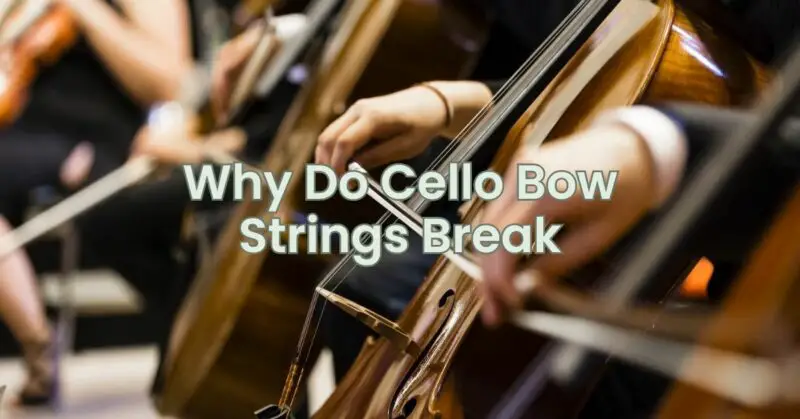The bow hair of a violin bow is a critical component that directly affects the sound production and playability of the instrument. Over time, bow hair can become worn, frayed, or damaged, compromising its functionality. However, it is possible to restore the bow hair and revive its resilience with proper care and maintenance. In this article, we will explore steps to fix violin bow hair, ensuring optimal performance and sound quality.
- Assessing the Condition: Before attempting any repairs, assess the condition of the bow hair to determine the extent of the damage. Look for signs of wear, fraying, or broken hairs. If the damage is extensive or beyond repair, it may be necessary to replace the bow hair entirely.
- Cleaning the Bow Hair: Cleaning the bow hair is an important step before attempting any repairs. Use a soft, clean cloth or specialized bow hair cleaner to gently wipe away any rosin buildup or dirt from the hair. Be careful not to apply excessive pressure or get the hair excessively wet, as it can damage the bow hair.
- Replacing Broken Hairs: If there are only a few broken hairs, you can replace them individually to restore the integrity of the bow hair. Follow these steps:
- Gently comb through the bow hair using a specialized bow hair comb or a clean, fine-toothed comb. This will help separate the broken hairs from the intact ones.
- Identify the broken hairs that need replacement.
- Using a pair of sharp scissors or a bow hair cutting tool, carefully trim the broken hairs as close to the frog as possible, ensuring a clean cut.
- Take a small bundle of replacement horsehair, approximately the same thickness as the existing bow hair, and cut it to the appropriate length.
- Apply a small amount of hide glue or similar adhesive to the cut ends of the replacement hair and carefully insert it into the vacant space left by the trimmed hairs.
- Gently press the replacement hair into place, ensuring it is aligned with the existing bow hair.
- Allow the glue to dry completely before using the bow.
- Rehairing the Bow: If the bow hair is extensively worn, frayed, or damaged, it may be necessary to rehair the bow completely. Rehairing should ideally be done by a professional bow maker or luthier who has the expertise and specialized tools required for the job. They will remove the old hair, clean the bow, and install a fresh bundle of horsehair, ensuring proper tension and alignment.
- Regular Maintenance: To prevent future damage to the bow hair, it is important to maintain proper care and regular cleaning:
- Clean the bow hair regularly using a soft cloth or specialized bow hair cleaner to remove rosin buildup and dirt.
- Avoid excessive rosin application to prevent excessive buildup on the hair.
- Store the bow in a suitable bow case or tube when not in use to protect the hair from damage or accidental contact.
Conclusion: Fixing violin bow hair is a delicate process that requires careful assessment and proper techniques. By assessing the condition of the bow hair, cleaning it regularly, replacing broken hairs when necessary, and considering professional rehairing when extensive damage is present, you can restore the resilience and functionality of your violin bow hair.
Remember, if you are unsure about performing any repairs or if the damage is significant, it is always recommended to seek the assistance of a professional bow maker or luthier who can provide expert guidance and ensure proper restoration of the bow hair. With proper care and maintenance, your violin bow will continue to produce beautiful, resonant tones and enhance your musical performances.


